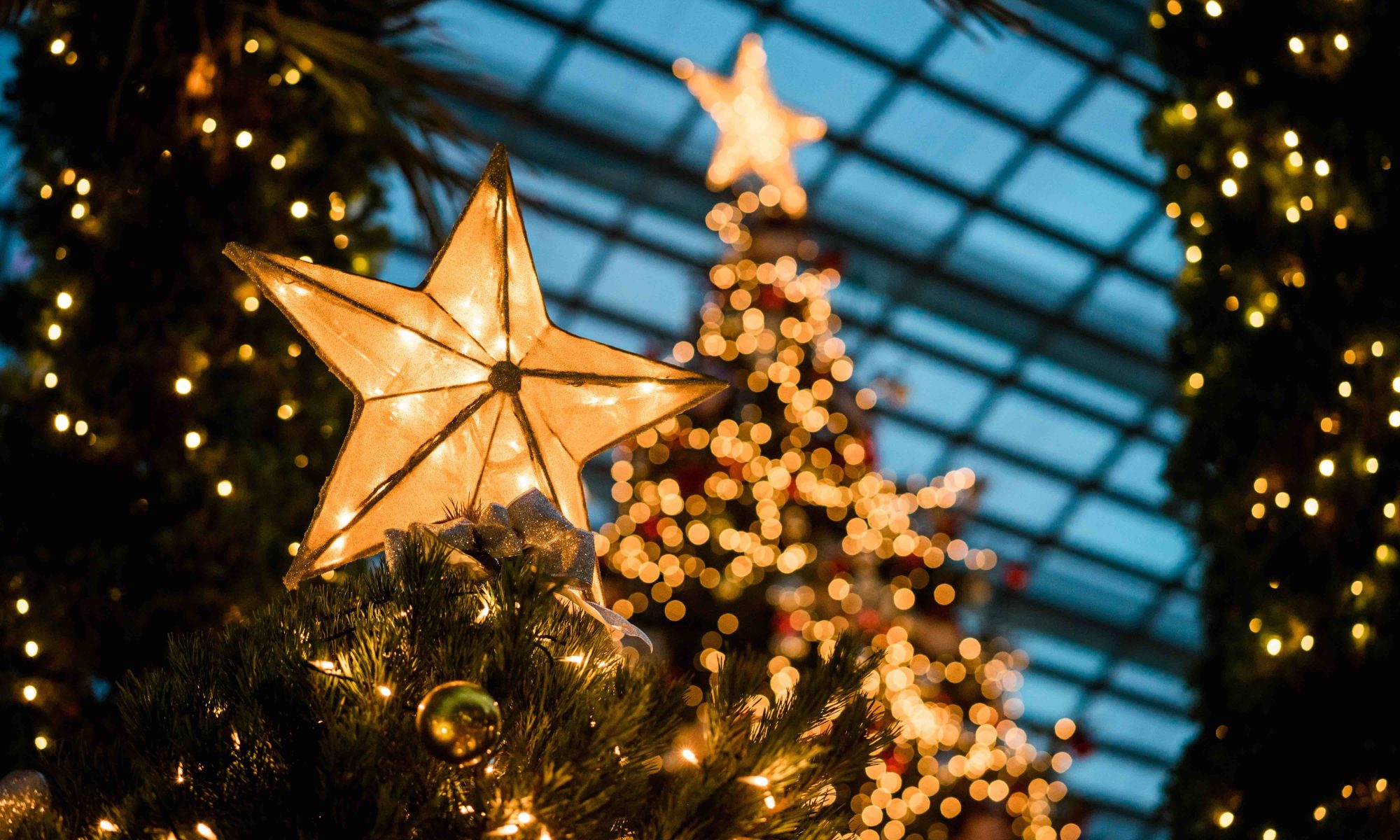Artificial intelligence is now part of the magic of Christmas and it’s sweetly weird
Artificial intelligence is now part of the magic of Christmas. I recently made a video call to an AI Santa. Santa sat by a roaring fire and chatted with me about reindeer, elves and his penchant for cookies and cocoa. I asked him to bring world peace for Christmas. He told me I was kind to ask for such a wonderful thing.
This was fun and charming — and a little weird. But this cute example is just the tip of the AI iceberg. In the future, we may routinely call AI friends, coaches and advisors. This will put real people out of business. It is much easier to visit AI Santa than to fight the masses at the mall. Virtual Santa may leave portly white-bearded men out of work.
Beyond the immediate ramifications of AI Santa are deeper questions about imagination and belief — a great Christmastime topic. Christmas calls for the “voluntary suspension of disbelief.” A common theme in Christmas movies is that for Christmas to happen, you must choose to believe.
This is mostly harmless: We suspend belief quite often in culture and the arts. We choose to believe when we enter the world of a novel, a movie or a theater production. At Christmas, voluntary suspension of disbelief kicks into high gear. The imagination’s ability to jump into a fantasy world is what allows art and AI to happen.
When you chat with an AI avatar, you enter the world inside the screen. AI makes this easier and more realistic than cinema or theater. By responding in real time to your presence, AI lures you into an imagined world. As this technology improves, some people could end up mistaking artifice for reality.
Christmas also involves what scholars call “motivated belief,” something we believe because we want it to be true. At some point, kids start to suspect that Santa isn’t real. But kids may play along because they want the Christmas goodies. The myths of Christmas encourage this, telling children that their belief in Santa is part of the process.
We all do this from time to time: Despite the evidence, we believe things that support our desires or preconceptions. It is often benign. But conspiracy theories, cults and superstitions also work this way. These beliefs are supported by an elaborate network of rationalization and confabulation. When they are challenged, the motivated believer explains away the counter-evidence and accuses the challenger of spreading fake news.
At Christmas, the imagination is beguiled by a network of trickery and tomfoolery. To support the Santa story, we make a big show of pretending that all kinds of phony stuff is real — from flying reindeer to elves. Parents construct an elaborate ruse involving the Elf on the Shelf, letters to Santa and a trip to the mall to visit Santa (or a trip to the computer to chat with AI Santa). It all leads up to a big Christmas Eve finale and the magic of Christmas morning.
This is all good fun. But the season of believing opens lots of questions about culture and belief, myth and magic. A culture is, after all, an elaborate game in which we all collaborate. In a sense, culture is “artificial,” a kind of art and artifice in which we construct meaning. Artificial intelligence is the latest and most sophisticated example of how this works.
As long as we understand the difference between what is real and what is phony, it is amusing to play along. But we should worry that in the AI era some people will confuse artifice with reality. It would be tragic if people mistook artificial friendship for the real thing. And it is dangerous when fake news seems as true or real as actual facts.
We need to do our best to keep all of this straight. And perhaps Christmas can help. In this magical season, take time to enjoy the show. Try out AI Santa, or make a wish for world peace. But when the show ends, ask what you’ve learned about the human imagination and about the difference between wishful thinking and the truth.
Read more at: https://www.fresnobee.com/opinion/readers-opinion/article296998234.html#storylink=cpy






